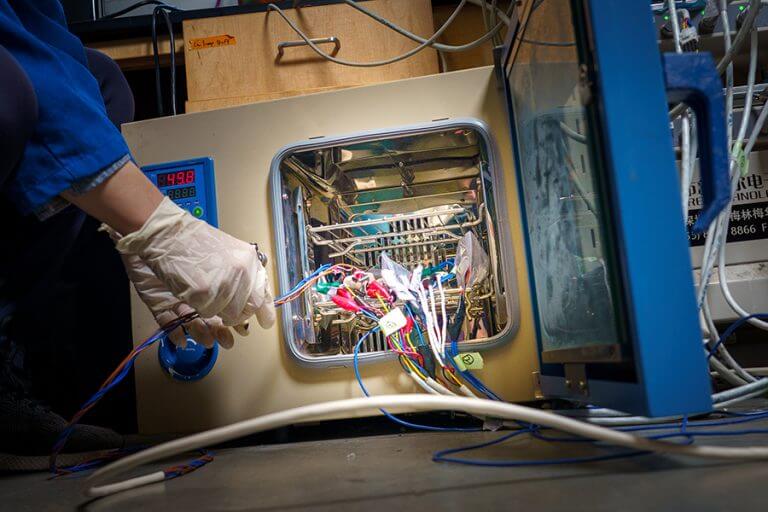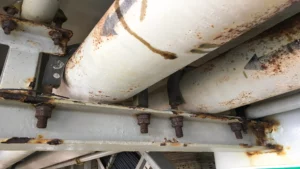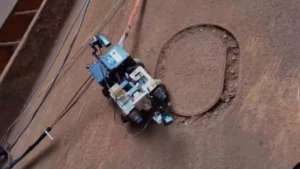By : Franyi Sarmiento, Ph.D., Inspenet, July 14, 2022
A group of researchers at the University of California San Diego has developed lithium-ion batteries that work in extreme temperatures. In the laboratory, the prototypes retained 87.5% of their energy capacity at -40ºC and 115.9% at 50ºC.
By being equipped with more resistant batteries and capable of accumulating a high charge, electric vehicles can also offer better performance in extreme climates: traveling further on a single charge in low temperatures or relying less on cooling systems that prevent cars from overheat when riding in very hot places.
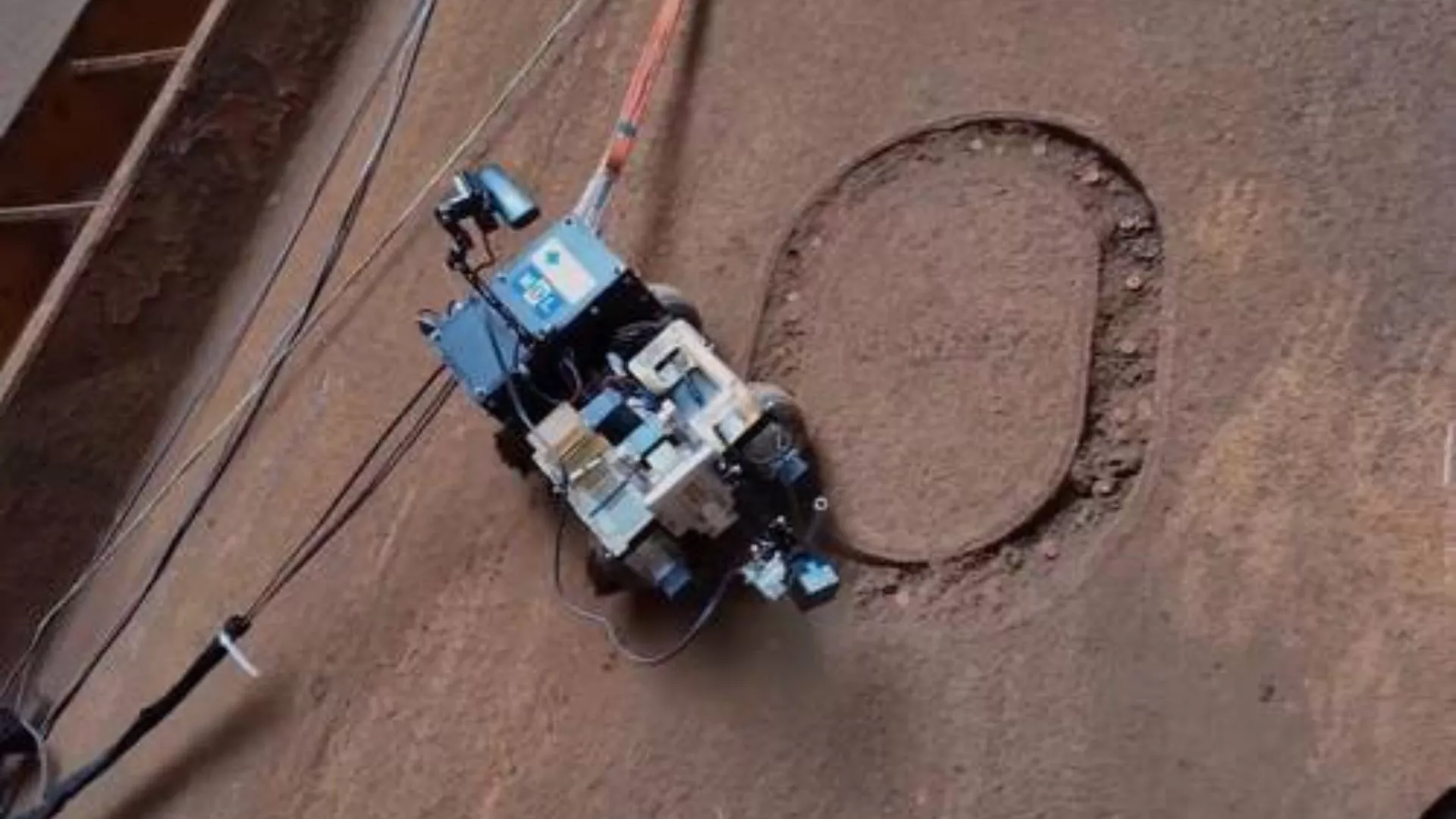

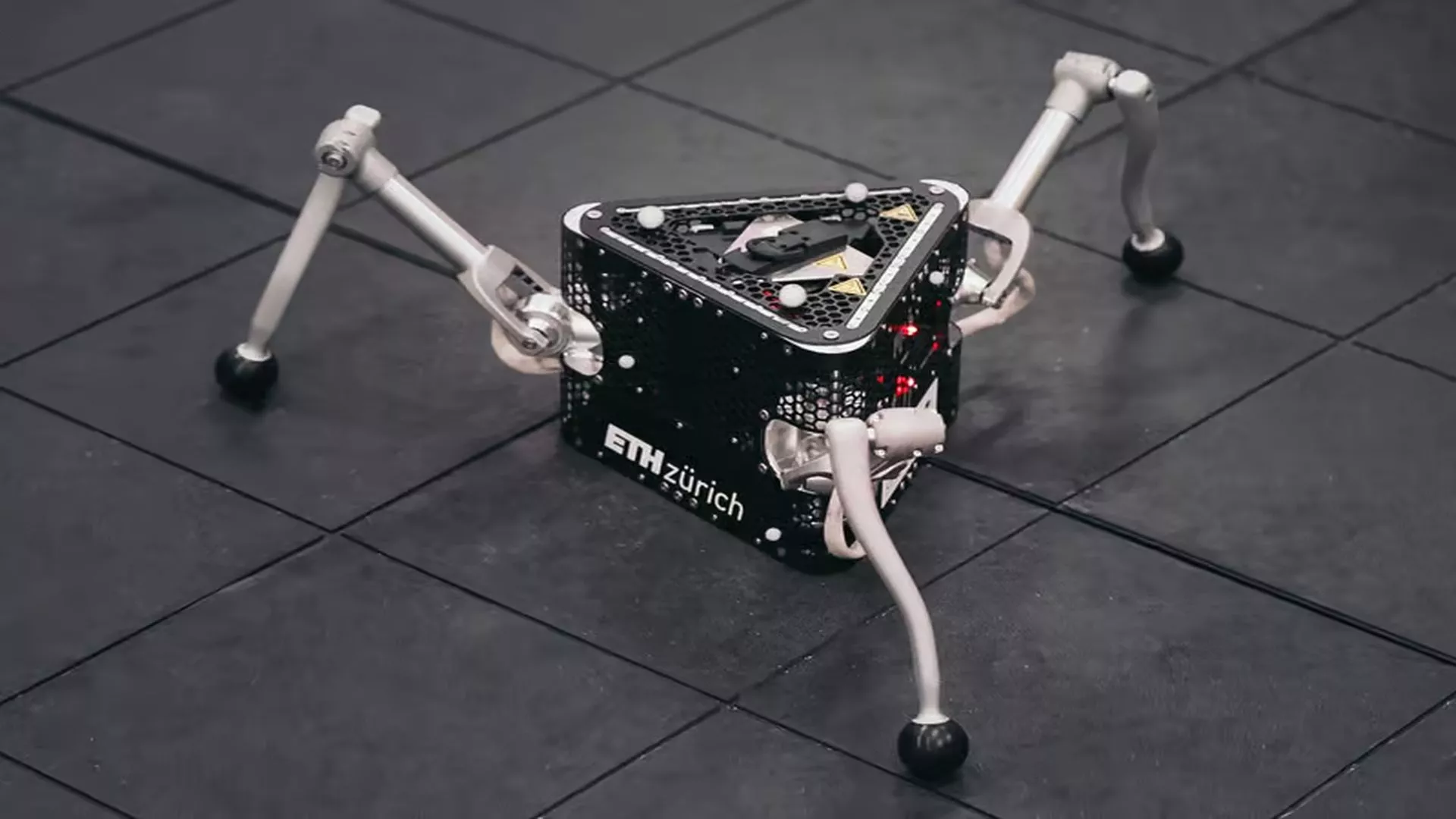

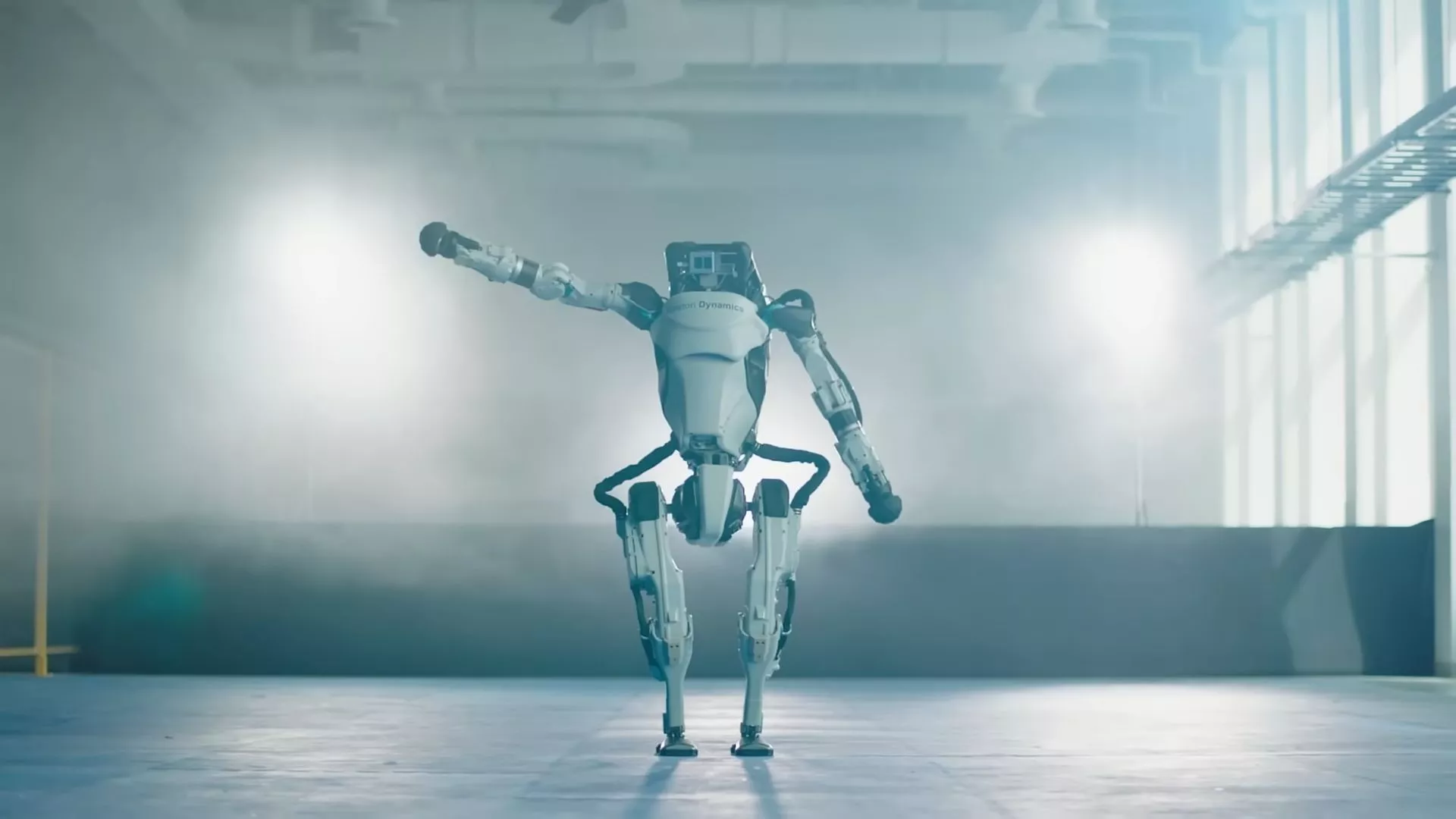
Zheng Chen, a professor of nanoengineering, says the key is to ensure it works well in high-temperature locations. “Battery packs are usually under the floor. In addition, they heat up only with the passage of current. If they cannot tolerate this heating to high temperatures, their performance will quickly degrade”, adds the expert from the center’s School of Engineering.
In addition to measuring how well they retained their energy capacity at extreme temperatures, the researchers also found that the batteries maintained high levels of efficiency, 98.2 and 98.7% at values of -40 and 50º C, respectively. Thanks to its characteristics, the devices can undergo more charge and discharge cycles before stopping operating.
The key to the development of these batteries, they explain, is in their electrolyte. “It is made from a liquid solution of dibutyl ether mixed with a lithium salt. A special feature of dibutyl ether is that its molecules are weakly bound to lithium ions.
Another advantage of the electrolyte is that it is compatible with rechargeable lithium-sulfur batteries and with a metallic lithium anode and a sulfur cathode. Their energy densities and tight costs make them an essential part of next-generation batteries: they can store up to two times more energy per kilogram than current lithium-ion batteries.
This Xataka portal material was edited for clarity, style and length.
Sources : https://www.xataka.com/movilidad/tenemos-baterias-capaces-funcar-condiciones-extremas-frio-calor-clave-iones-litio – https://ucsdnews.ucsd.edu/pressrelease/these- energy-packed-batteries-work-well-in-extreme-cold-and-heat
Photos : UCSD News



